5 Things I Learned About the Brownbanded Bamboo Shark
Found around coral reefs and sandy, muddy-floored habitats, brownbanded bamboo sharks are a smaller species coming in at only 2.8 feet long on average. Here are 5 things a non-aquarist learned about this fascinating animal at Greater Cleveland Aquarium.
- Brownbanded bamboo sharks change color as they mature—juveniles maintain a medium-brownish color with dark banding, while adults appear solid brown. They’re estimated to live around 25 years.
- These sharks dine on smaller fare, like crabs, small fish, shrimp and bristle worms. Their own predators include larger fish and even other sharks.
- Brownbanded bamboo sharks are largely nocturnal, spending most of the daytime hiding in small spaces in the reef. After dark, they come out to hunt.
- Brownbanded bamboo sharks lay eggs in elongated cases. Given their smaller stature, it’s no surprise newborns are only 5 – 7 inches long when they hatch.
- Surprisingly, this species of shark can tolerate hypoxia—low oxygen levels—for up to 12 hours. This adaptation helps them survive low tides in the shallow pools where they’re often observed. Could you hold your breath that long?
Look for this interesting shark, as well as—sandtigers, sandbars and Atlantic nurse sharks—during Fin Fest (Now – Tuesday, August 6) at Greater Cleveland Aquarium. Nature. It’s a curious thing.

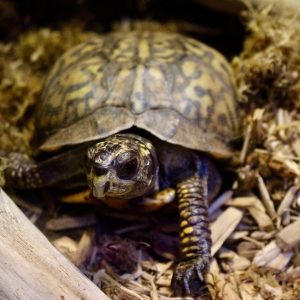
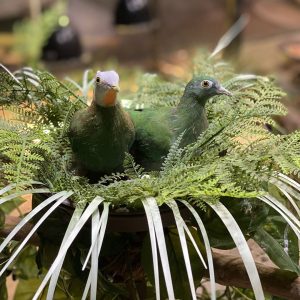
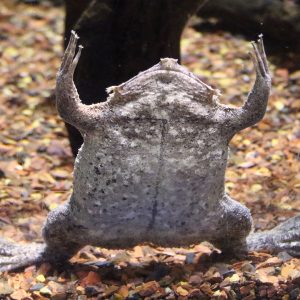
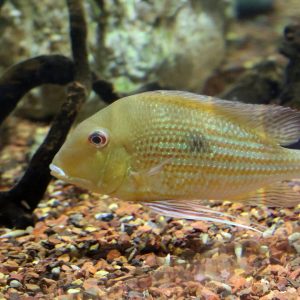
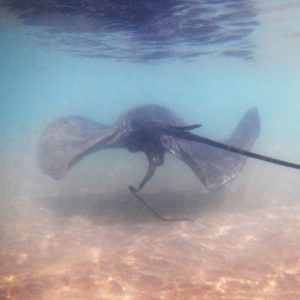
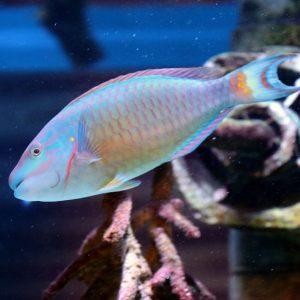
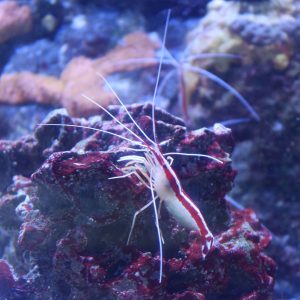
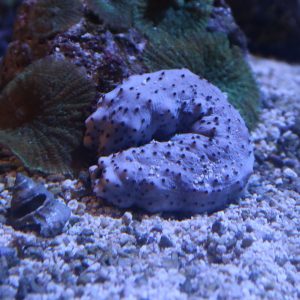
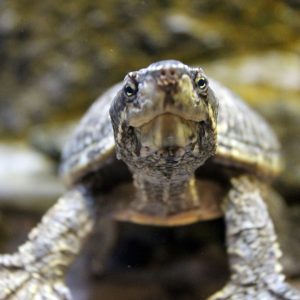
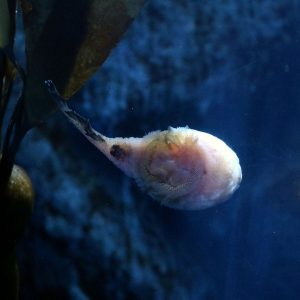
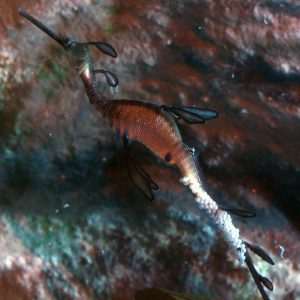
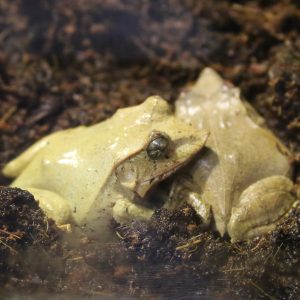
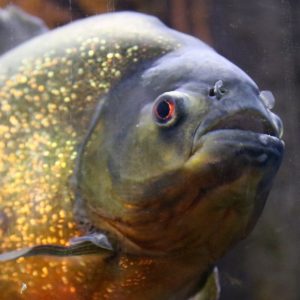
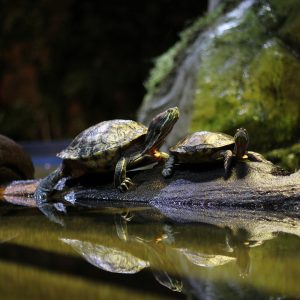
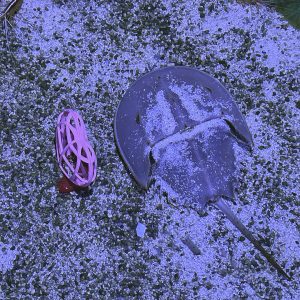
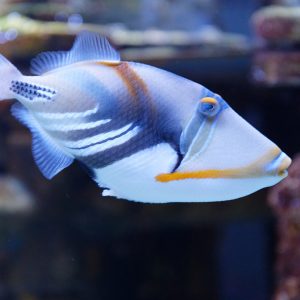

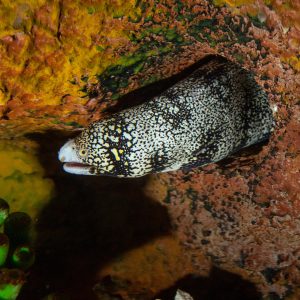
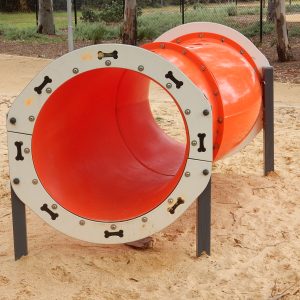
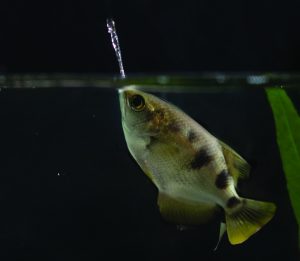
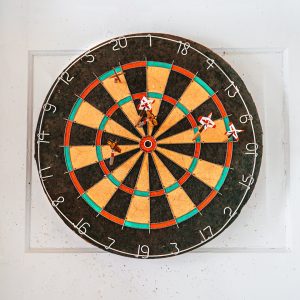
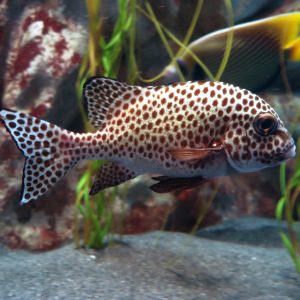
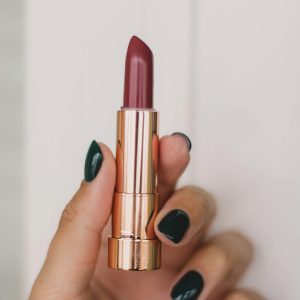
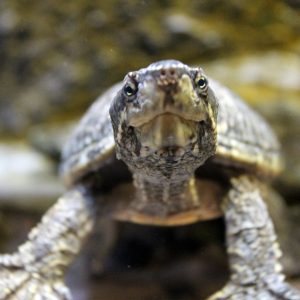
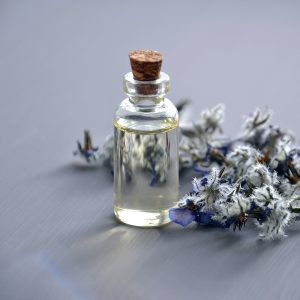
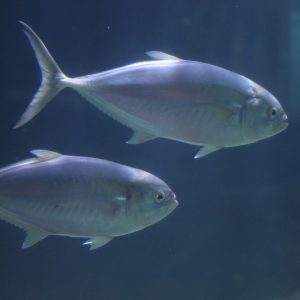

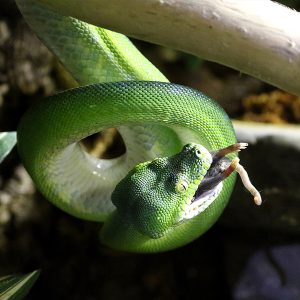
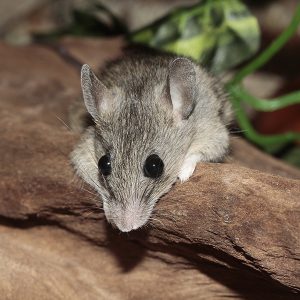
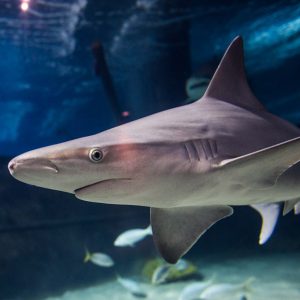
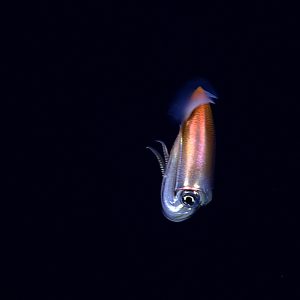
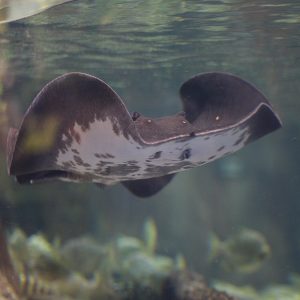
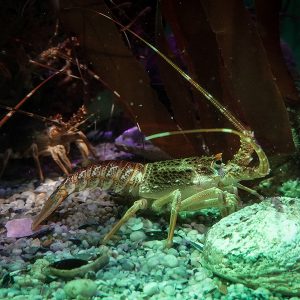
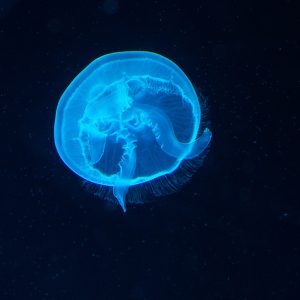
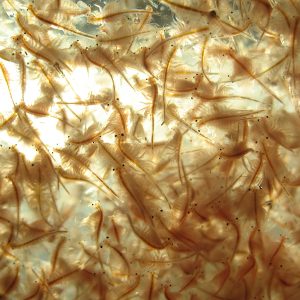
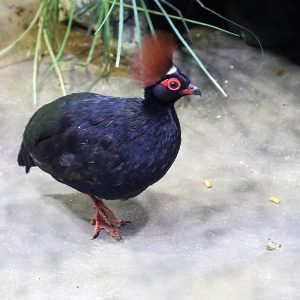
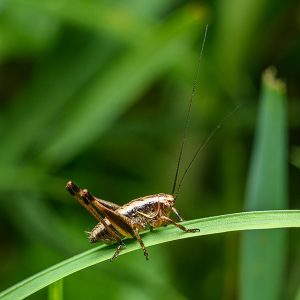
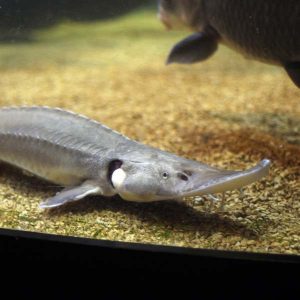 Shovelnose Sturgeon – Check out that shovel-shaped snout.
Shovelnose Sturgeon – Check out that shovel-shaped snout.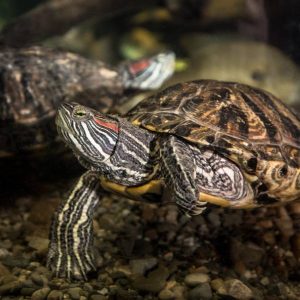 Red-eared Slider – This turtle is named for the red patch on its ear AND the way it slides into the water when startled.
Red-eared Slider – This turtle is named for the red patch on its ear AND the way it slides into the water when startled.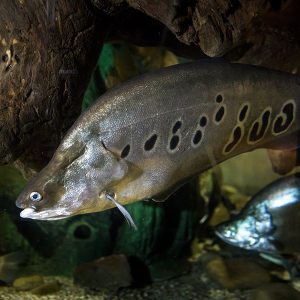 Clown Knifefish – This fish’s knife-like shape allows it to swim both forwards and backwards.
Clown Knifefish – This fish’s knife-like shape allows it to swim both forwards and backwards.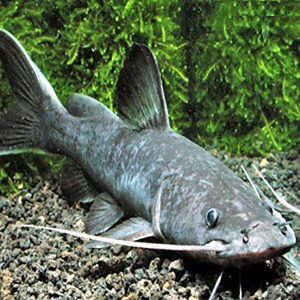 Crystal-eyed Catfish – Frank Sinatra might have been “ol’ blue eyes,” but this catfish gets attention for its light blue peepers.
Crystal-eyed Catfish – Frank Sinatra might have been “ol’ blue eyes,” but this catfish gets attention for its light blue peepers.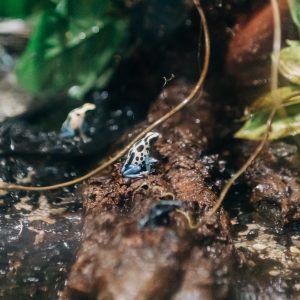 Dyeing Poison Dart Frog – This name comes from an unverified legend that indigenous people used these colorful frogs to dye parrot feathers.
Dyeing Poison Dart Frog – This name comes from an unverified legend that indigenous people used these colorful frogs to dye parrot feathers.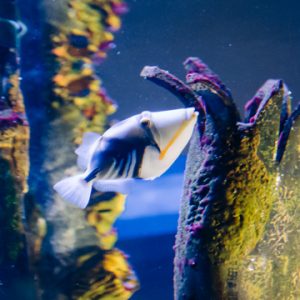 Picasso Triggerfish – This peculiar-looking fish has bright, artsy colors AND a dorsal spine will raise when startled.
Picasso Triggerfish – This peculiar-looking fish has bright, artsy colors AND a dorsal spine will raise when startled.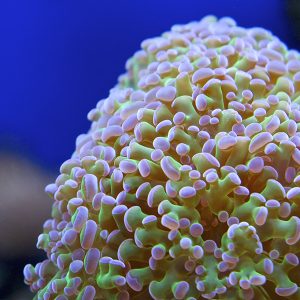 Hammer Coral – Note the hammer shape of these coral polyps.
Hammer Coral – Note the hammer shape of these coral polyps.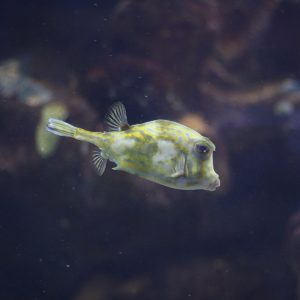 Scrawled Cowfish – The “horns” above its eyes and irregular body markings are what give the scrawled cowfish a distinctive appearance.
Scrawled Cowfish – The “horns” above its eyes and irregular body markings are what give the scrawled cowfish a distinctive appearance.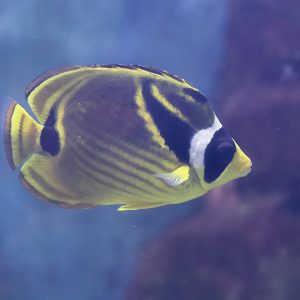 Raccoon Butterflyfish – This butterflyfish is named for the black-and-white “mask” around its eyes.
Raccoon Butterflyfish – This butterflyfish is named for the black-and-white “mask” around its eyes.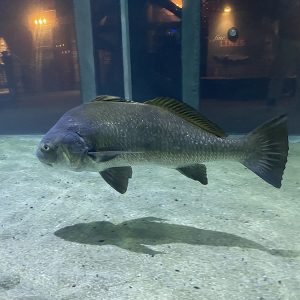 Black Drum – This fish can make drumming or croaking sounds with muscle movement around its swim bladder.
Black Drum – This fish can make drumming or croaking sounds with muscle movement around its swim bladder.